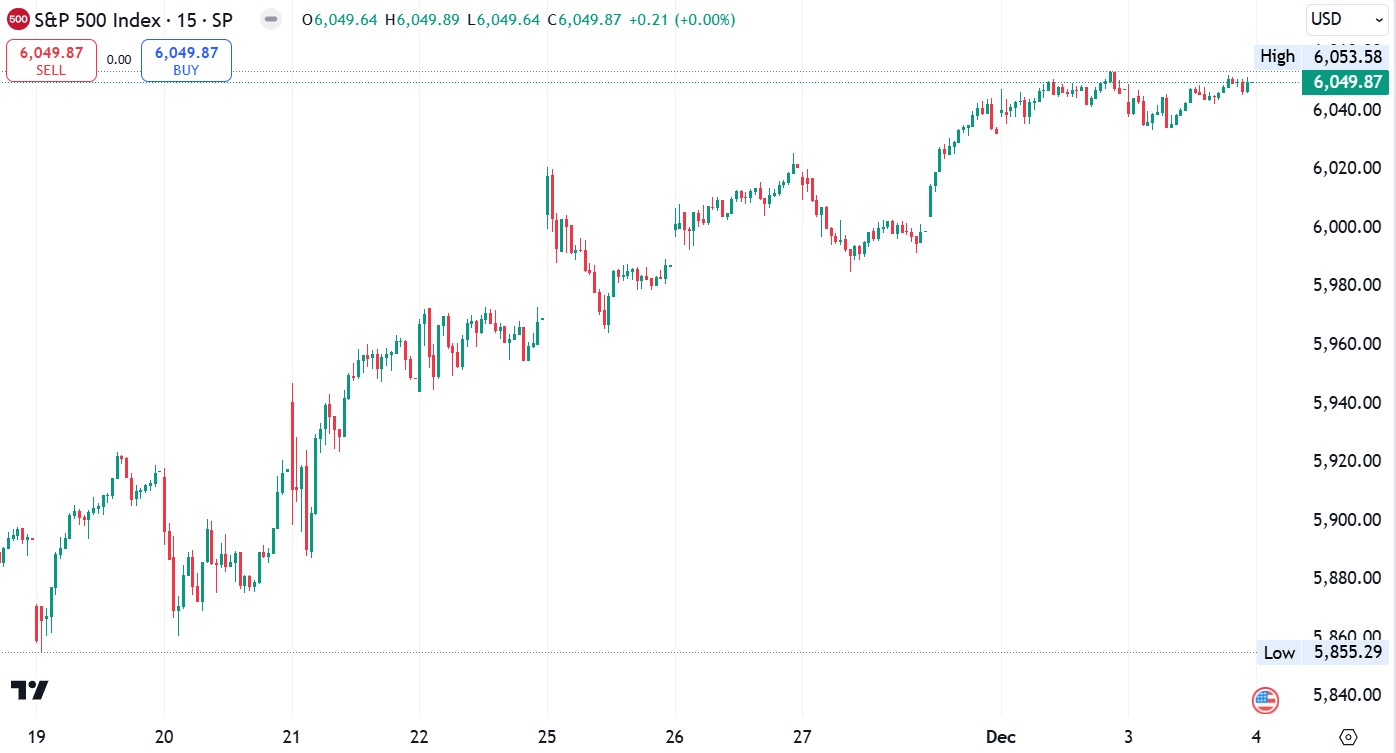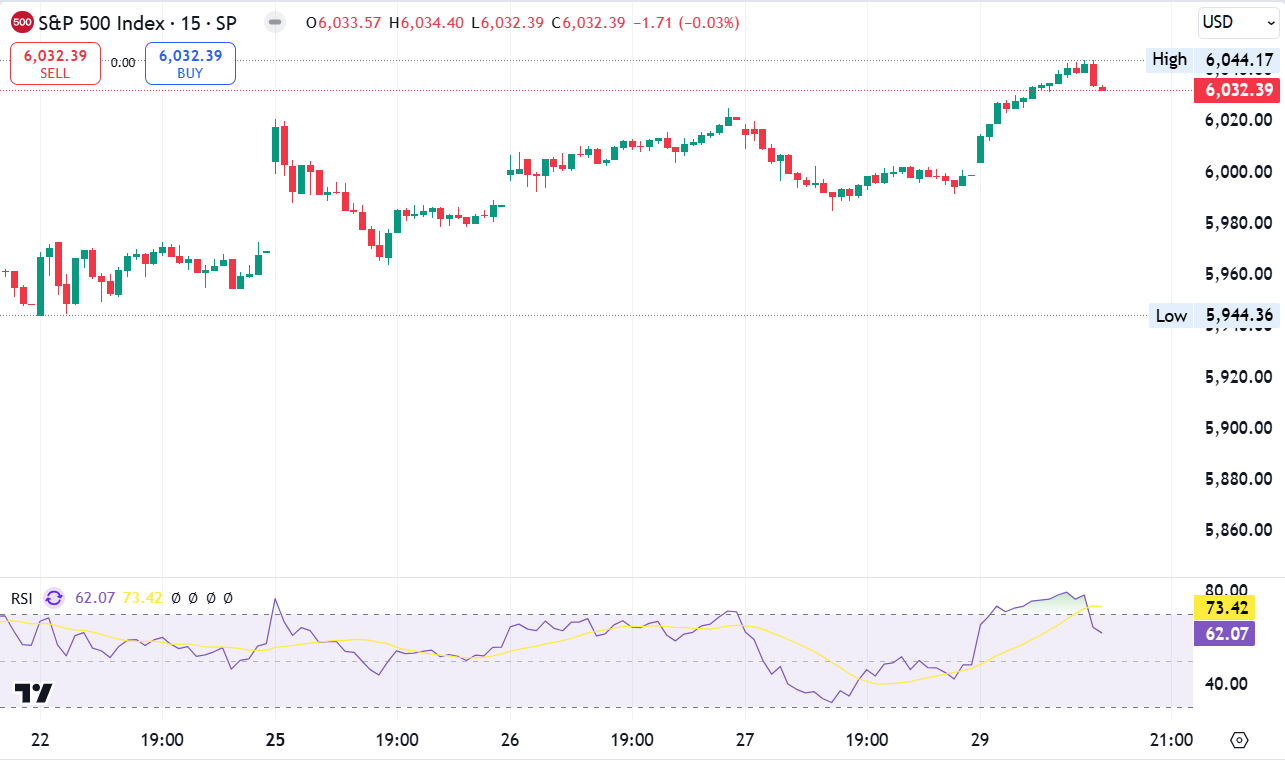
The Effect act of Inflation on Businesses in Europe
The Effect act of Inflation on Businesses in Europe
In the ever-evolving landscape of global markets, businesses are continually influenced by various economic factors. One such critical factor is inflation, which can have profound implications for enterprises across different industries. Recently, European markets experienced fluctuations, prompting investors to scrutinise U.K. economic data and anticipate the second U.S. inflation report of the week. In this article, we delve into the effects of inflation on businesses, particularly in the context of European markets, exploring the nuances of EU inflation, demand-pull inflation, inflation risk, and the intriguing concept of inflation pay rise.
The Pulse of European Markets: A Quick Glance at Recent Developments
European markets exhibited resilience as the Stoxx 600 rose by 0.8%, with every sector trading positively. Notably, construction, media, and retail stocks surged over 1.1%. However, luxury brands, epitomised by Burberry, faced challenges. After issuing a profit warning linked to slowing demand, Burberry saw its stock plummet 9%. This decline had a cascading effect, dragging other luxury lines such as Kering, LVMH, and Christian Dior down in the morning trade. These fluctuations underscore the intricate dance between market dynamics and economic indicators.
EU Inflation Unveiled: Navigating Economic Trends in Europe
As the U.K. economy recorded a 0.3% growth in November, surpassing economists’ expectations, the services sector emerged as the primary driver, expanding by 0.4%. Despite this positive trend, the three-month data from September to November revealed a 0.2% contraction, surpassing the predicted 0.1%. This underscores the importance of examining short-term gains and the broader economic trajectory.
Within the European Union, concerns about inflation persist. The term “EU inflation” encapsulates the collective economic challenges faced by member states. While individual countries may experience unique circumstances, understanding the broader European economic landscape is crucial for businesses navigating these turbulent times.
Demand-Pull Inflation: A Tug of War in Consumer Markets
A crucial aspect of the inflationary puzzle is demand-pull inflation. The latest U.S. inflation report indicated a 0.3% increase in consumer prices on a monthly basis and a 3.4% surge year on year. These figures exceeded economists’ predictions, reflecting a demand-driven push on prices. Investors worldwide are keenly observing these trends, given the interconnectedness of global economies.
Navigating demand-pull inflation requires businesses to strike a delicate balance between meeting rising consumer demand and managing operational costs. This dynamic equilibrium is vital for sustaining profitability and growth amid changing economic climates.
The Producer Price Index (PPI) registered a 0.1% decline for the month, concluding 2023 with a 1% increase from the previous year, according to the latest report from the Labor Department on Friday. This figure deviated from the 0.1% monthly gain anticipated by economists surveyed by Dow Jones. Notably, the index had experienced a significant surge of 6.4% in 2022.
The Core PPI, which excludes food and energy, remained flat, contrary to the expected 0.2% increase. When excluding food, energy, and trade services, PPI saw a 0.2% uptick, aligning with the estimate. The final demand measure, excluding food, energy, and trade services, recorded a 2.5% rise for the entirety of 2023, a notable deceleration from the 4.7% increase observed in 2022.
This PPI release follows less favourable news from the Labor Department, revealing a 0.3% increase in consumer prices for goods and services in December, with a year-on-year rise of 3.4%. This exceeded Wall Street expectations and remained considerably above the Fed’s 2% inflation target.
Mitigating Inflation Risks: Strategies for Business Resilience
Inflation inherently brings forth risks that businesses must proactively address. The concept of “inflation risk” encapsulates the uncertainty and potential disruptions associated with rising prices. To safeguard against inflation risks, enterprises should adopt robust risk management strategies. Diversifying supply chains, negotiating fixed-price contracts, and implementing efficient cost-control measures can help businesses weather the storm of inflationary pressures.
Furthermore, the notion of an “inflation pay rise” comes into play. As prices rise, employees may seek salary adjustments to maintain their purchasing power. Businesses must consider such requests carefully, as aligning wage structures with inflationary trends can contribute to employee satisfaction and retention.
Navigating the Future Amidst the Effects of Inflation
The recent fluctuations in European markets underscore the significance of understanding and navigating the effects of inflation. Businesses must remain vigilant, especially in the face of EU inflation concerns, demand-pull inflation dynamics, and potential inflation risks. The U.K. economic data serves as a microcosm of businesses’ broader challenges, emphasising the need for adaptive strategies.
Despite inflation surpassing the target, there’s growing market conviction that signs of diminishing inflation will prompt the Federal Reserve to consider interest rate cuts, potentially beginning as early as March. This expectation persists even as inflation remains above the Fed’s 2% target. The market sentiment reflects a belief in the Fed’s responsiveness to evolving economic indicators and its commitment to maintaining economic stability.
As we move forward, businesses proactively addressing inflation-related challenges and embracing innovative solutions will be better positioned for sustained growth. By staying attuned to market trends, implementing resilient strategies, and recognising the importance of employee well-being in times of inflation, businesses can navigate the complexities of the contemporary business landscape with confidence and agility.
The post The Effect act of Inflation on Businesses in Europe appeared first on FinanceBrokerage.



